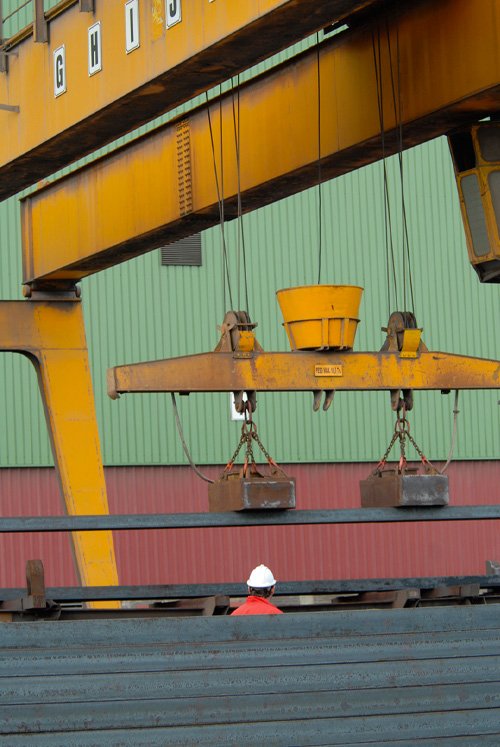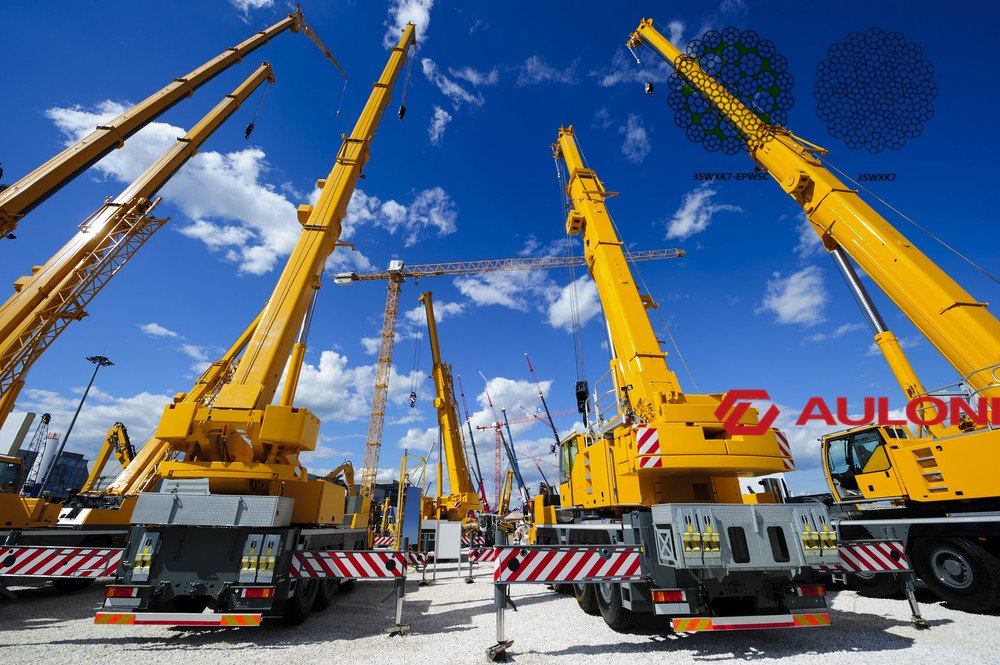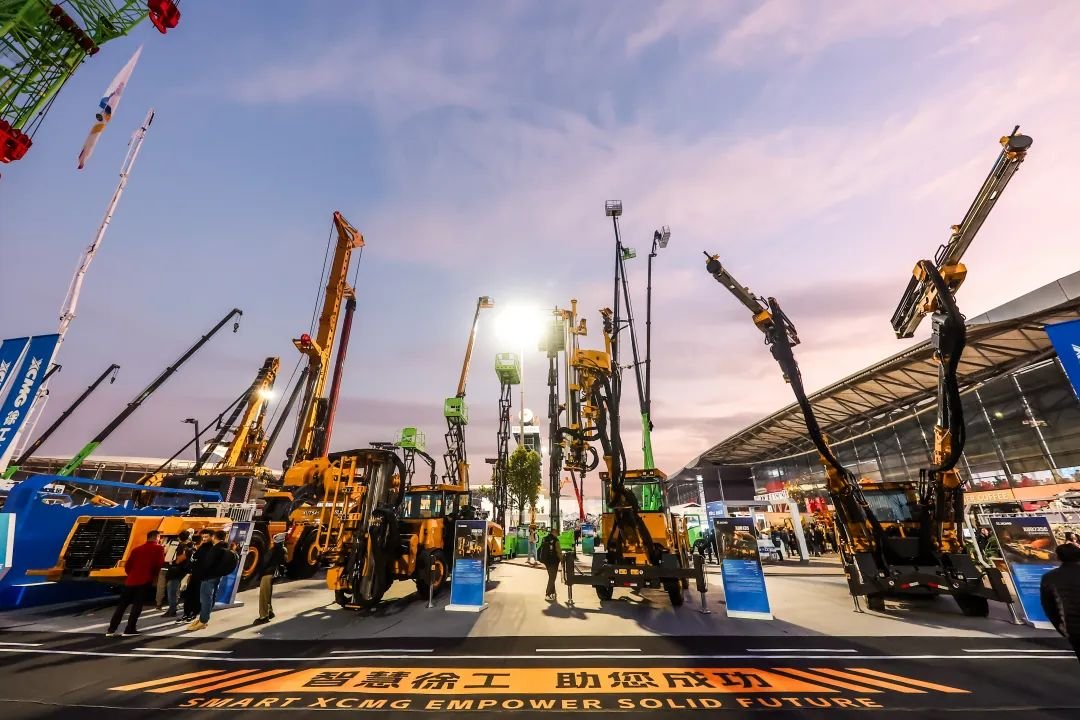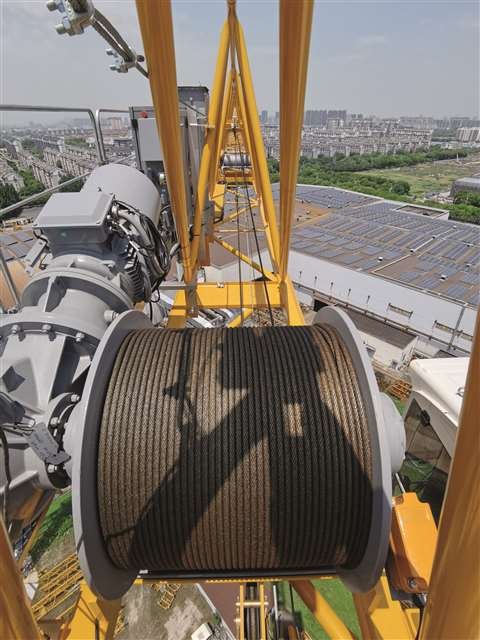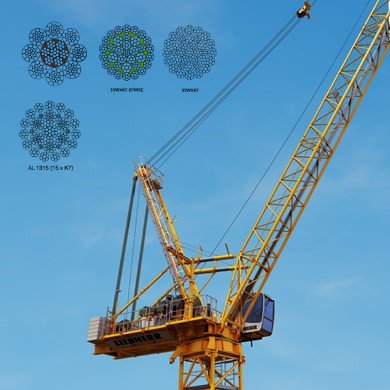
Do you think doubling a rope doubles its strength? Many believe so. But this common idea might be wrong.
Doubling a rope does NOT simply double its overall strength. The strength increase is less than double. How you double it, matters a lot.
I’m Jessica from Aulone. I’ve worked with wire ropes for many years. We see many questions about rope strength. Let’s look closer at this idea.
Does rope construction affect strength when doubled?
Many types of rope exist. Each is made differently. This affects how they hold weight. How does this matter when you double a rope?
Yes, rope construction affects strength when doubled. Different constructions distribute load differently. This changes how effective doubling is.
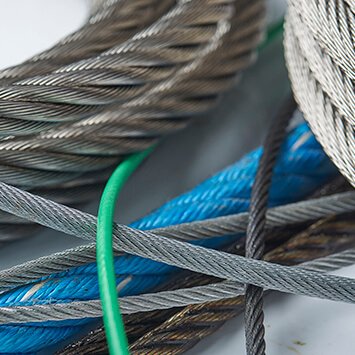
Consider a typical wire rope. It is made of many strands, twisted together. Each strand has many wires. This design helps distribute stress. When you double such a rope, the load might not split perfectly. One part could take more stress. This means your “doubled” strength is less than expected.
Types of Wire Ropes and Their Impact on Doubled Strength
| Rope Type | Construction Characteristic | Impact on Doubled Strength |
|---|---|---|
| 6×19 Class Rope | General purpose, good fatigue life | Load sharing can be uneven, slight strength increase |
| 6×36 Class Rope | More flexible, better for bending | Better load distribution than 6×19, but still not double |
| Compacted Rope | Smoother surface, higher breaking load | Improved contact, leading to more even load sharing |
| Rotation Resistant | Multiple layers, less twist | Complex load paths, may not benefit evenly from doubling |
| Synthetic Rope | Often braided, high strength-to-weight | Can be very efficient when doubled due to flexibility |
Factors to Consider for Doubled Rope Strength
- Load Distribution: Is the load spread equally? If not, the stronger part takes more, and the weaker part fails first.
- Knotting/Splicing: Using knots or splices to double a rope reduces its strength. The weakest point determines overall capacity.
- Sheave/Pulley System: How the rope is routed through pulleys affects friction and load. This changes actual working strength.
- Material Properties: Different materials stretch and react to force in different ways. Steel wire rope acts differently than synthetic rope.
How do different doubling methods impact actual breaking load?
There are many ways to double a rope. You can fold it in half. You can use two separate ropes. Each method has a different outcome.
Different doubling methods greatly impact breaking load. Folding a single rope in half provides less than double strength. Using two separate ropes can get closer to double, if loads are balanced.
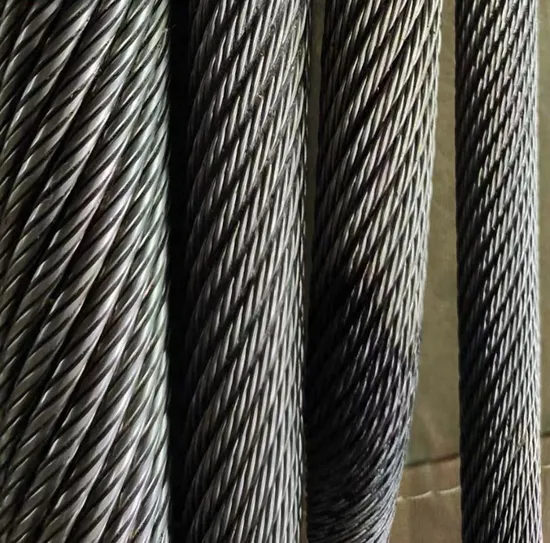
Think about how a crane lifts heavy goods. My company, Aulone, makes crane wire ropes. These ropes are vital. If a crane operator simply folds a rope, they might think it is twice as strong. But it’s not. The bend creates stress points. The two parts of the rope might not share the load equally. This is a common mistake.
Doubling Methods and Their Strength Implications
| Doubling Method | Description | Strength Outcome |
|---|---|---|
| Folded Single Rope | One rope, bent back on itself, ends secured | Significantly less than double; bend points are weak |
| Two Parallel Ropes | Two separate ropes, side-by-side, sharing load | Can approach double if load is perfectly balanced |
| Looping through a Pulley | Rope runs through a pulley, ends fixed | Mechanical advantage increases effective strength, close to double (if effective) |
| Braided or Twisted Duplication | Specifically manufactured double-strand rope | Designed for specific strength, but not always 2x single |
When we talk about high tensile strength and high breaking load, like with our Aulone wire ropes, knowing how to double them correctly is key. An extreme instance of this is when a customer like Andri, who previously sourced from large German brands, comes to us. He demands strict quality control and reliable certifications for his projects. He knows that simply “doubling” a rope isn’t good enough. The exact strength values matter. We provide certificates like BV & CE, RMRS, DNV, ABS, just for this reason. We want our customers to be sure about the actual breaking load of our products, not just guess.
What safety factors should I consider when using doubled ropes in critical applications?
Using ropes in critical jobs needs careful thought. This is true for crane work, mining, or marine uses. Safety always comes first.
When using doubled ropes in critical jobs, always apply high safety factors. Take into account uneven load sharing, potential damage, and certification limits. Never assume double strength.

I’ve worked with purchasing managers from huge companies. They specify wire ropes for large projects. They ask about compliance with EN12385-4. This standard is important. It sets rules for wire ropes. It helps make sure they are safe. When you double a rope, things get complex. The standard applies to the single rope. It does not mean a doubled rope will meet the same factors.
Key Safety Considerations for Doubled Ropes
- Uneven Load Distribution: When a rope is doubled, it is rare for each part to bear exactly half the load. Small differences in length, stretch, or connection points can cause one side to take more stress. This side will fail first.
- Static vs. Dynamic Loads: Static loads are steady. Dynamic loads involve movement, shocks, or sudden changes. Doubled ropes react differently to dynamic loads. Shock loads can quickly exceed the strength of one side.
- Abrasion and Damage: A doubled rope might rub against itself or other surfaces more. This causes wear. Wear reduces strength. It is harder to inspect both sides of a doubled rope for damage.
- Environmental Factors: Temperature, moisture, and chemicals affect rope material. If one part of a doubled rope is exposed more, its strength might drop.
- Certifications and Standards: Our Aulone ropes are high quality, with high tensile strength. They meet international standards. For example, we offer BV & CE, RMRS, DNV, ABS certificates. This is for single-line strength. When you double the rope, you must re-evaluate. The doubled system needs its own safety calculation.
- Human Error: Mistakes in rigging or handling are common. A simple error can make a doubled rope much weaker than intended. Training is important.
For projects where lives are at stake or equipment is very valuable, like in mining or marine operations, we always advise strict adherence to calculated working load limits. Do not just double the individual rope’s safe working load. Always consult with engineers or rope experts. My team at Aulone provides technical support for our clients in Singapore, Indonesia, Vietnam, Saudi Arabia, UAE, Russia, Australia, Canada, and other countries. We help them select the right product and ensure safe application. We even offer plastic impregnated and galvanized wire ropes for different environments, further showing our focus on safety specs.
Conclusion
Doubling a rope does not double its strength. It adds complexity. Always use proper safety factors.

